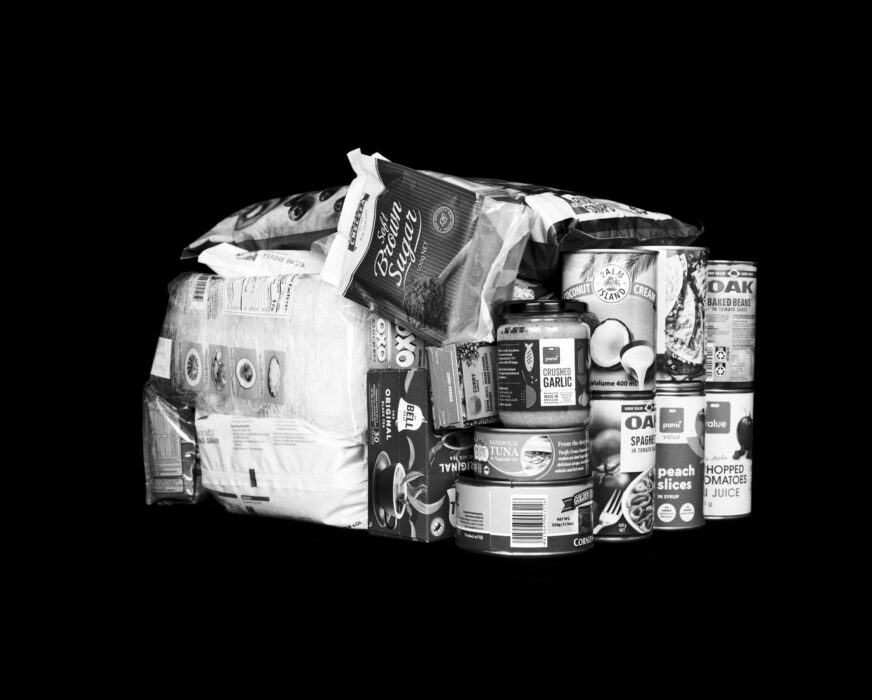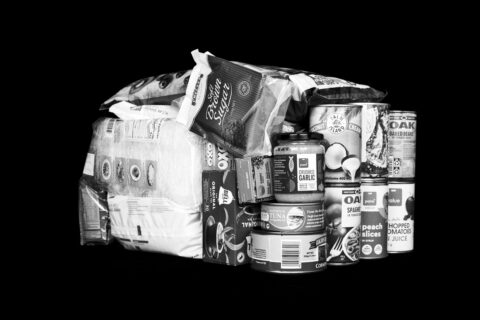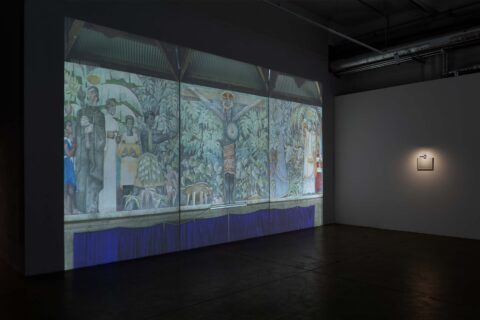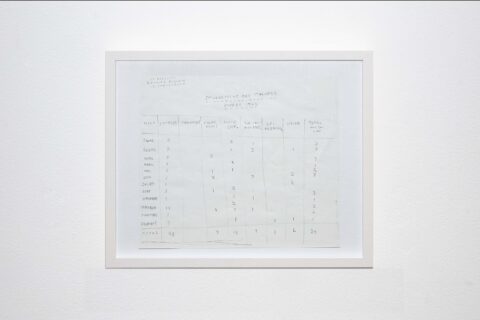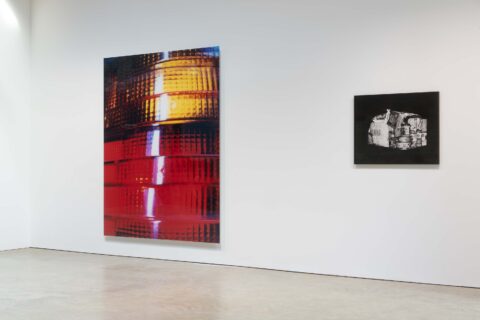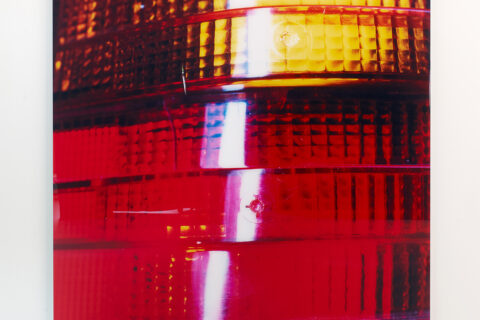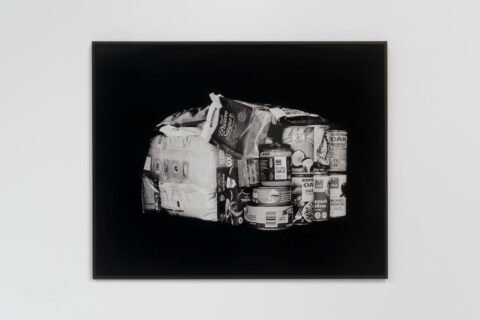Luke Willis Thompson Luke Willis Thompson @ Hallen 05
07/09/2024 – 15/09/2024
Opening: Saturday, September 7th from 11am to 8pm
Opening hours during Berlin Art Week:
Sunday, September 8th from 11am to 8pm
Wednesday, September 11 - Sunday, September 15th
from 11am to 8pm
Wilhelm Hallen
Kopenhagener Strasse 60-68
13407 Berlin
„Adjacency (United States v. Slager)“, 2019
Hand printed colour photograph on Kodak Endura Premier, Diasec, Alu-Dibond
222 x 174 cm
Background information:
The shooting of Walter Scott occurred on April 4, 2015, in North Charleston, South Carolina, following a daytime traffic stop for a non-functioning brake light. Scott, an unarmed man, was shot and killed by Michael Slager, a North Charleston police officer. Slager was charged with murder after a video surfaced which showed him shooting Scott from behind while Scott was fleeing, and which contradicted his police report. The race difference led many to believe that the shooting was racially motivated, generating a widespread controversy.
The case was independently investigated by the South Carolina Law Enforcement Division (SLED). The Federal Bureau of Investigation (FBI), the Office of the U.S. Attorney for the District of South Carolina, and the Justice Department’s Civil Rights Division conducted their own investigations. In June 2015, a South Carolina grand jury indicted Slager on a charge of murder. He was released on bond in January 2016. In late 2016, a five-week trial ended in a mistrial due to a hung jury. In May 2016, Slager was indicted on federal charges including violation of Scott’s civil rights and obstruction of justice. In a May 2017 plea agreement, Slager pleaded guilty to federal charges of civil rights violations, and he was returned to jail pending sentencing. In
return for his guilty plea, the state’s murder charges were dropped.
In December 2017, Slager was sentenced to 20 years in prison, with the judge determining the underlying offense was second-degree murder.
Press Release
We are looking forward to participating for the first time in Hallen 05 - Kunstfestival at Wilhelm Hallen, Berlin. We will be showing Luke Willis Thompson's video installation "Mouvement des Malades" alongside a selection of his earlier works.
Luke Willis Thompson’s installation “Mouvement des Malades” brings together two distinct images, linked by a captivating sound installation that enhances their connection. The first element is a drawing by Thompson that recreates a chart made by the philosopher Frantz Fanon, held within the L'Institut mémoires de l'édition contemporaine in Caen where Thompson undertook significant research. From 1952 to 1957 Fanon was the chief psychiatrist of the Blida-Joinville Hospital in Algeria, before he abandoned his post to fight for the National Liberation Front. He was radicalized by listening to his patients. The chart comes from the annual report of the hospital from the year 1955 when Fanon trialed seven patients on toxic amounts of Lithium and was likely working on parts of The Wretched of the Earth.
In The Wretched of the Earth (1963), a book of collected essays published posthumously, Fanon writes “The destruction of the colonial world is no more and no less than the abolition of one zone, its burial in the depths of the earth or its expulsion from the country.” Isn’t that mad thought? To dare say that the structures and institutions that govern life totally are merely one version of our possible, and can simply be thought otherwise and therefore removed by whatever procedures we wish? The Wretched of the Earth lists a series of case studies of ‘mental disorders’ in his patients as the manifestation of the overarching colonial violence in the minds of the colonised. I read his work as a patient and therefore believe their various madnesses were decolonisation itself. I understand my own period of illness as political liberation come too soon. Fugitive thought, even by such desperate means as losing one’s mind, is abolitionist thought.
(Luke Willis Thompson, A Manifesto, in: Art News Aotearoa, summer 2023)
The second element is a video showing the mural Black Christ and Worshippers by Jean Chalot, painted in 1962 for the church of St. Francis Xavier in the village of Naiserelagi in Ra (Fiji). This mural is significant and exemplary for Chalot‘s work because of its depiction of ethnographic studies of indigenous life, implemented in biblical scenes and their pictorial personnel. Thus he shows the crucifixion of Christ, he depicts him as an iTaukei and those gathered around the crucified man as the other ethnic groups, reflecting the colonial power order of Fiji. The church of St. Francis Xavier also serves as a shelter during cyclone season.
As a third element Thompson captured the cataclysmic intensity of rain fall in December which has intensified in recent years due to climate change by recording multiple channels of sound. The work is conceived so that when the audience closes their eyes to the image, they will hear within the rain, the subtle mixing of the untranslated sonic traces of nearby social life and survivability at the microlevel of the village.
